By Deba Uwadiae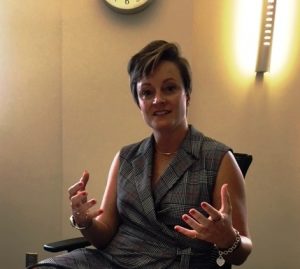
With one with such fascinating, compelling and “automotive” credentials, the Central Ohio Transit Authority, COTA couldn’t have gone for less than Joanna Pinkerton to lead the transformation project of the Columbus transit agency. In the portfolio of the new President/Chief Executive Officer of COTA, among others, are as former Chief Operations Officer at The Ohio State University Center for Automotive Research; Co-Director of the Honda-Ohio State Partnership and Chief Operations Officer of Transportation Research Center Incorporated. TRC will be home to the 540-acre Smart Mobility Advanced Research and Test Center for autonomous and connected vehicles.
This overwhelming credentials must have inspired the City leaders to approach Joanna Pinkerton to come drive the transformation project of COTA as Central Ohio continues to grow in population and business. It was, therefore, an honor that Deba Uwadiae, Editor-in-Chief, New American magazine was able to secure an interview with Ms Pinkerton, a licensed Engineer, who was appointed to lead COTA in April 2018.
Journey
I was really fortunate that the community leaders reached out to me as they were searching for a new CEO this past year. We had a discussion of about the graphically changing spectrum of mobility as it affects people who come to United States or to Central Ohio specifically and figure out how to navigate the system. Mobility can either be an enabler or can be a barrier for people with wide variety of issues. I think this is a great place for this agency to really implement solutions that address multiple needs of our community.
Motivation
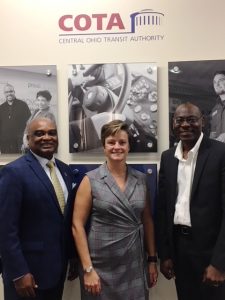
I really loved to build things. I spent a good amount of time in construction – highways and buildings. I like to help build things. Also, I lived in southern Ohio and our poverty rates are much higher than the rest of the State. Transportation is a big barrier to education, to jobs, and to health care. I have always seen this aspect of my life where people spend good amount of their household income on moving themselves. When we look at the social determinant of health, of how people can be successful, that is just one place I feel like I could apply my engineering skills. I am a problem solver. Throughout construction and even in college I had Professors that thought me that Engineering is an honorable profession and we should be focused on solving problems for people. You should not just be designing things you should be solving problems for people. Transportation is one area that affects people’s daily lives and I really care about improving people’s lives. It is a place that interfaces with my engineering abilities and my technical acumen where it can be applied to the human space. I like that part of transportation.
BRT is dedicated and actually communicates with the traffic light. If the light knows that a bus is coming it can stay green longer so that the bus gets the priority and it can reduce the amount of travel time for passengers.
COTA
Honestly it never crossed my mind that I will one day be working in a transit agency. As I worked in engineering and moved to automotive and my time at research in Ohio State University, I saw where things were shifting. Before America has been the land of plenty, we had enough resources to build things but there has been a big shift lately where we are worrying about making sure all people are included and lack of financial resources, even at the federal level that are causing us to think that how does our system work together holistically?
I was able to work on a lot of the newer technologies that will help us optimize our system. I had a lot of fun doing that. I enjoyed working at The Ohio State University. When COTA approached me they really made the case that we are very well run organization. I have never seen anything like it. That jumped out on me when I first joined COTA. At the same time we have gaps in our service, we need to reach more people and this seemed to be a place where I can apply all of the things that have been tried at the federal, state and local level to train and get more service out of people. That really is what intrigued me and transit is a big component of our transportation system.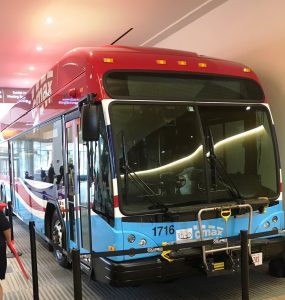
Facility
This is a very well run organization. There is a lot of history here. Our facility is almost a million square feet of facilities, over 330 buses, more than 1,115 employees and they are all tactical experts. People know what they are doing. That is a sense of pride for me. It’s great to see people doing the work. As a matter of fact, we brought home the National Transit System of the Year Award, so first in the nation. That indicates how good our team is. Our employees are our most import assets. It is nice to have resources in both intellectual and human resources. So I see that great operation and I also see the potential which is we know we have a growing community, we need to reach more people, we need to prevent congestion, we need to ensure clean air and prevent transportation pollution from clogging our city. I think that same team can pivot and look at how we can continue to deliver service just as effectively and deliver new services and also be both economically and environmentally stable.
“The very near term we are looking at the first mile and last mile solutions where we may actually enter the market to do more micro transit where we can capture riders and get them onto our fixed bus system…”
Survey
We do a lot of data and surveying. Our most recent ridership survey is five years old. We are currently in the middle of a ridership survey right now. That tells us a lot of our demographic and of who is riding our system, where they are coming from and where they are headed. That type of assessment lets us identity gaps. We also have been receiving various specific requests from employers where there are maybe thousands of employees or neighborhood s where we know, our buses are sizable, where we cannot physically operate. So our team is actually heading into a strategic planning exercise over the next 69 months which will identify what we want to prioritize. That is the kind of the big picture.
Micro-transit
The very near term we are looking at the first mile and last mile solutions where we may actually enter the market to do more micro transit where we can capture riders and get them onto our fixed bus system or where we can connect our system to other modes like scooters, taxis, ride-share, network companies or even people who ride cars into our park and ride services; connecting them seamlessly across all modes. We do reach more people now today than even a year ago.
TSR
One year ago we did what we call Transportation System Redesign, TSR. We were one of the first in the nation and now almost every transit authority in the nation is calling us to ask how we did this. It’s the first time we overhauled our route ever in 40 years. We took the entire network apart, we looked at where people lived and where they worked and we rebuilt the system and I think we reached 89 percent more of residence with high frequency service and 71 percent more jobs where there is high frequency, reliable 15 minutes interface.
We’ve seen an increase of almost 10 percent ridership from July last year based on getting in front of people’s homes and job centers more directly. That’s been really a great example of how we are trying to reach more people.
…it is very important that we have partnerships that people provide us with feedback. I can’t trust that enough!
COTA vs. CMAX
CMAX is Bus Rapid Transit, BRT and it is an example of technology. It is dedicated and actually communicates with the traffic light. If the light knows that a bus is coming it can stay green longer so that the bus gets the priority and it can reduce the amount of travel time for passengers. There is free Wi-Fi and charging. And CMAX is also going through one of the major corridors in Columbus that really suffered a lot of disinvestment over the years. Columbus State, a lot of developers, Polaris, hotel services and agencies are trying to figure out how to reach more residence that are close to Cleveland Avenue where we have much density. Our normal buses run on the normal schedule and the bus is just like your normal car.
BRT
We envision there will be more BRT services in the future because it is a faster way to move people and it is more efficient. I am just a big proponent of connective system in general and I think the traffic light should just be talking to the cars and the buses so that we are not sitting in the traffic but be moving more efficiently. That is the difference between the CMAX and our regular bus.
App
We recommend that people use the Transit App right now because that provides real time information. Now it is slightly delayed 15-30seconds but we just rolled out a pilot with the CPASS where people enrolled received their bus pass on their phone so they can just board digitally. We will be rolling that out to all COTA customers within a year.
Right now we are partnering with MORPC, the Mid Ohio Region Planning Commission which has five corridors under study. It is called the Corridor Study.
Opportunities
In Ohio we have developed our land very differently than very dense cities. My recommendation, not only in Columbus but surrounding suburbs, is that those who are really looking at financially sustainable practices or looking at how the developments are oriented around transit and how people can work more or how the community can be accessible for multiple modes, is to do their homework when they are looking for how houses are being developed, densification. That will indicate to them what type of access they will have to car sharing and to transit.
Westerville is another great city. The Cleveland Avenue CMAX BRT runs up to Westerville. Ridership is up significantly. Westerville is redeveloping several hundred acres downtown and around the bus rapid transit. It does take some homework but when they look at those kinds of communities they will see mobility plans in place. They will see more dense housing units in place.
MORPC
Right now we are partnering with MORPC, the Mid Ohio Region Planning Commission which has five corridors under study. It is called the Corridor Study. It is a partnership with not only the City, County, COTA and developers; they are looking at these major corridors to say if we build at different rates, like if we build dense, like New York City or if we build sprawl the way Ohio used to, what will be the cost of infrastructure, water, sewage, transportation and what type of tax base will be needed to take care of that. Those five corridors result should be available later this year. Those are the places we will be going. We will look at the cost, the cities and communities when we decide and what type of zoning we will put in place to support the development so that we can come in and then build the infrastructures to support it. Currently our daily ridership is over 60,000. During peak hours we have incredible operations. We have different amount of buses and different levels of operators during these peak hours and we adjust to that.
Projection
The corridor study is the biggest one. That will really tell us where we should be focusing investment. We are heading into the budget season, getting ready to budget for 2019 our goal will be to maintain the current number of hours of service now and then we also want to also look at our operational model and see if we can identify a few neighborhoods where we might want to start some micro transit program to reach more people. The micro transit will be different type of vehicles and we are just now studying what will be the right type of vehicle for the Columbus market.
Feedback
The partnership we have is not only with citizens, we have advisory groups, we have our board of directors, we work very closely with major employers, it is very important that we have partnerships that people provide us with feedback. I can’t trust that enough! That is how we know how to stay in touch in our changing landscape as we welcome more people to our community. That is very important.
Employment
I have worked in highly technical environment but employment status here is very diverse. We have 30 percent female employees. I have never seen that number of women in a workforce. We have skilled trades, engineers and planners and we have administrative and finance who run our office. We have entry level positions for those who are just coming in to Columbus to get a job.



























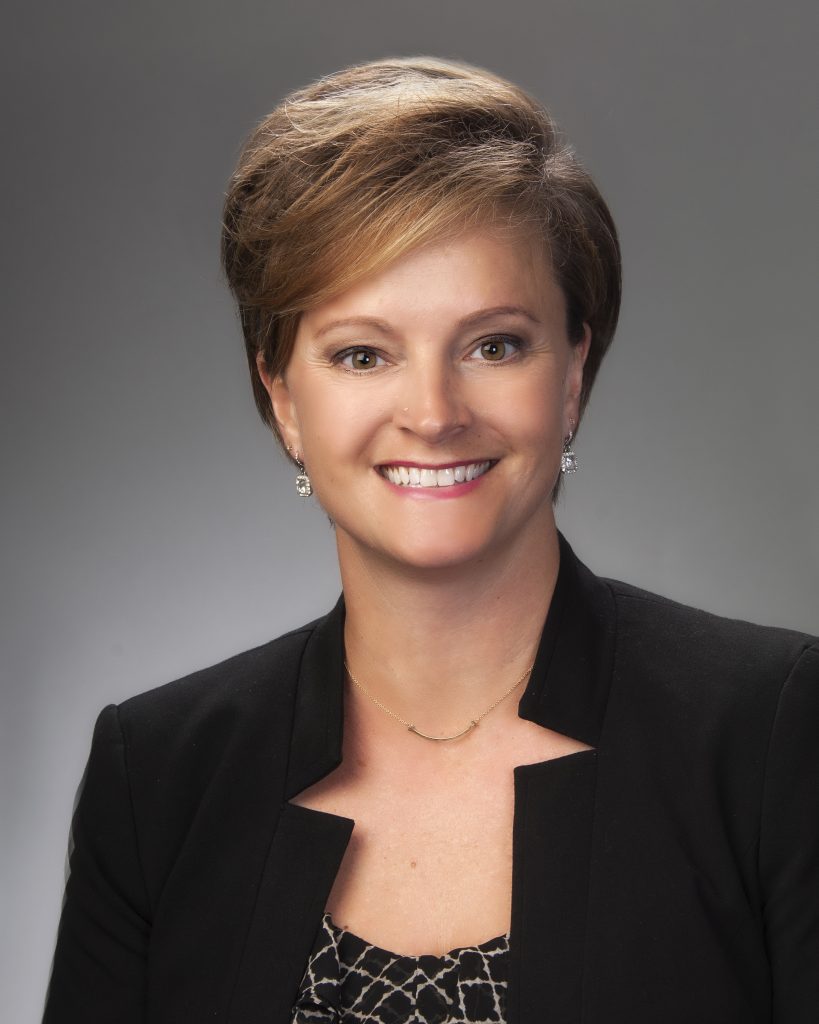


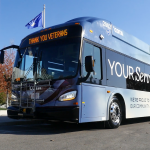
Leave a Reply
You must be logged in to post a comment.